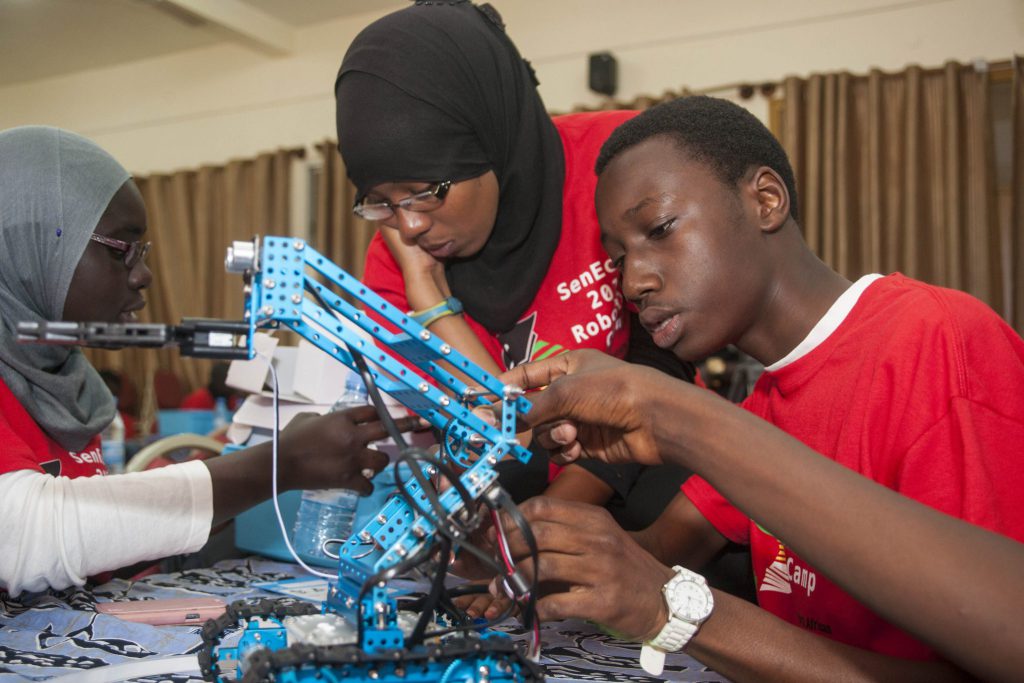
There are so many amazing resources out there now that will give children and young wards the opportunity to take on the reins and think like engineers… Hence, to help in building the best learning path for children and young students, we need to gamify their learning and ensure they are fully engaged in discovery for problem solving.
We can safely say that pretty much all that we use are created by engineers. Engineers and their skills are highly prized across various sectors from manufacturing to the medical field, etc. The skills of an engineer are invaluable in the 21st century and we need to imbibe our youth with these to enable them develop problem-solving skills, as acquired in the training of engineers. The ability to think through complex problems, collaborate with others, communicate properly, and become resilient are also important skills that are developed through engineering skills.
We needn’t wait until our children get into college before enabling them to explore engineering as a career path, and beginning to build these skills. We should get them started out earlier. Some of the potentially interesting ways of engaging them in a timely manner include:
1. Breaking down what engineering entails: A lot of students have heard of engineers, yet the word “engineering” is a vague term that covers a wide range of career paths and skills. Aiding your children and young wards to discuss this with you is a good starting point. Try using this as a guide for your discussion:
• Simply definitions, such as: ‘An engineer is a person who designs, builds, or maintains machines, engines, structures, and even the environment. They help create everything around us.’
• Great videos, which have been shown to be highly effective with kids and young students, like that by Crash Course Kids: “What’s An Engineer?”
• Brainstorming on the design and use (function) of some everyday objects, and imagining with them how an engineer helped in bringing this into reality.
2. Making a clear distinction that engineers don’t only just build structures and machines. There are different types of engineers, and it is even hard keeping track of the various kinds of engineers out there these days. Brainstorm on the different types of engineers with them, and help them to make out the right names for these engineers, if they can’t come up with these on their own. Some of the various types of engineers include: structural engineers, civil engineers, electrical engineers, mechanical engineers, chemical engineers, environmental engineers, manufacturing engineers, systems engineers, and material scientists, etc.
3. Unpacking the Engineering Design Process and how it allows engineers to solve numerous problems. The Engineering Design Process is a step-by-step guide to solving complex problems. Helping your young students to understand each stage of the process and its purpose helps them in understanding how complex problems are solved. See infographic below (courtesy of Teachengineering.org):
Engineering Design Process
4. Finding out their interests and exploring these with them. Whatever notion grabs a child or young student’s attention, one can be sure that an engineer is usually behind giving this concrete or material shape or form. Observe and determine what your child or ward likes or what interests them in school or the world around them. Then, hook them with the question, “How does this connect to engineering? Did an engineer make that or help solve that problem?”
5. Getting down into the trenches with them. There are so many amazing resources out there now that will give children and young wards the opportunity to take on the reins and think like engineers. We also desire to help our young students to be “in-the-know” of the 21st Century radical advancements. Hence, to help in building the best learning path for children and young students, we need to gamify their learning and ensure they are fully engaged in discovery for problem solving. Most children love games. Let’s channel this into a lifetime of innovative thinking!
Adetola Salau, Carismalife4U@gmail.com, an advocate of STEM education, public speaker, author, and social entrepreneur, is passionate about education reform.
Image credit: Senecole.com.
END

Be the first to comment